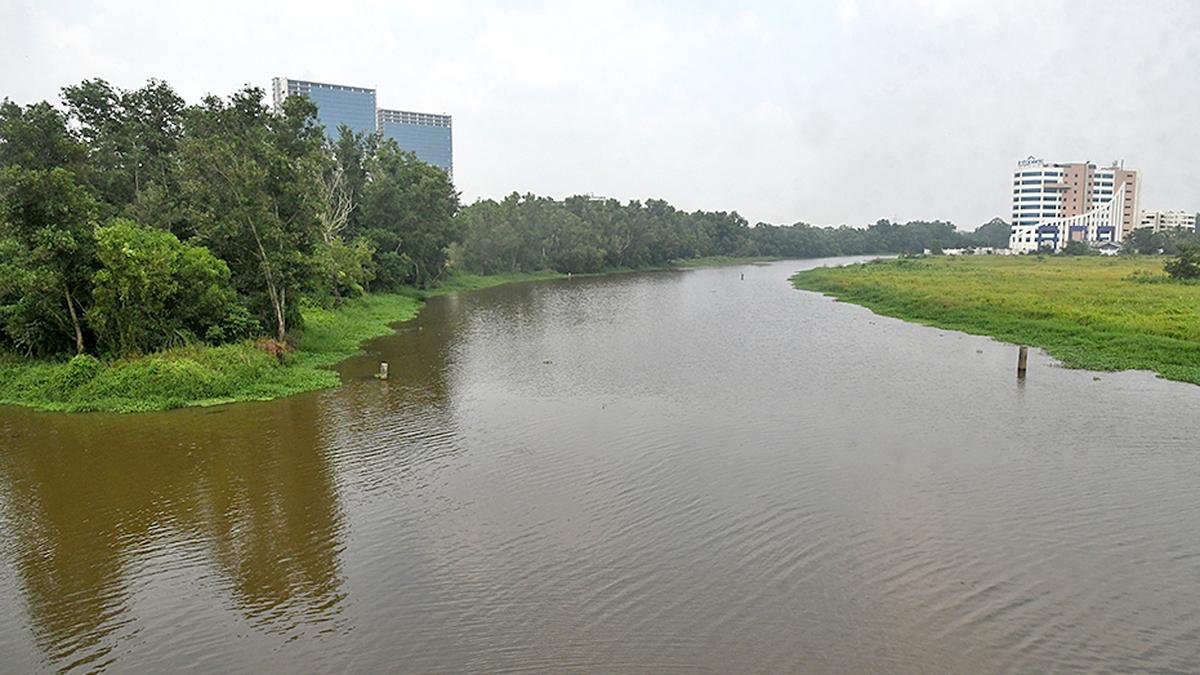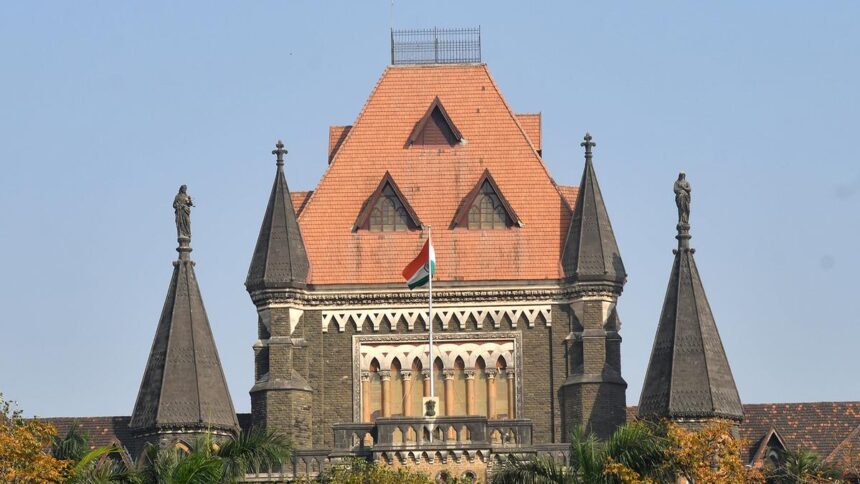
Pollution in the Kadambrayar is caused by the discharge of domestic effluents from townships and households through drains and creeks, says a report.
| Photo Credit: THULASI KAKKAT
The dissolved oxygen level on the Brahmapuram and Manakkakadavu stretches of the Kadambrayar in Ernakulam was below the minimum required concentration of 5 mg/l in June 2025.
The minimum level of 5 mg/l and above is recommended for optimum fish health and it ensures reasonable freedom from oxygen-consuming organic pollution. The dissolved oxygen levels was recorded as 0.5 mg/l and 0.7 mg/l on these stretches respectively, according to the results of the tests conducted by the Central Pollution Control Board in association with the Kerala State Pollution Control Board as part of the national-level monitoring of critically polluted river stretches in the country.
The water quality in these stretches did not meet the norms of the National Water Quality Monitoring Programme in the period between January 2024 and December 2024.
The biological oxygen demand, a proxy for organic pollution, was above the desired maximum level of 3.0 mg/litre on the Brahmapuram and Manakkakadavu stretches of the Kadambrayar in June 2025. In Brahmapuram, the recorded level was 4 mg/l while the corresponding reading in Manakkakadavu was 3.7 mg/l.
A report submitted to the National Green Tribunal (NGT) by the Department of Environment in March 2025 had said that pollution in the Kadambrayar was caused by the discharge of domestic effluents from townships and households through drains and creeks leading to the waterbody. The report added that leachate discharge, if any, from the Brahmapuram plant and flow restrictions caused by the growth of water hyacinths had further worsened the pollution.
Published – August 18, 2025 10:36 pm IST




















